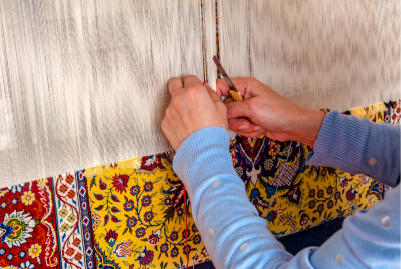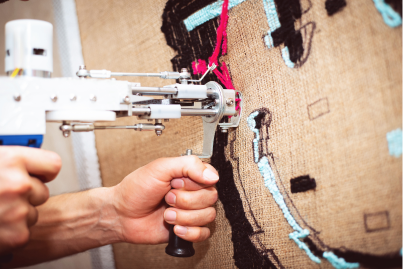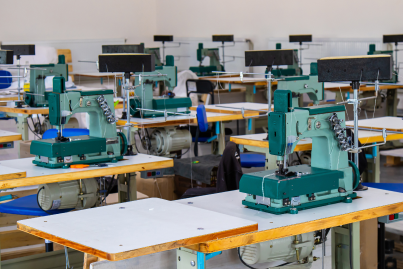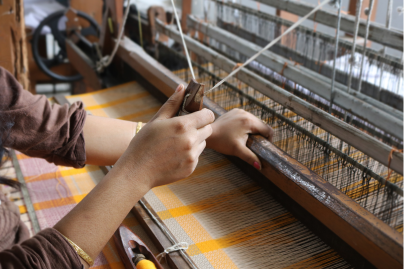A Journey through the Artisan’s Hut
The Weaves of the Trade
Bunkar's carpets are majorly handmade by artisans on looms, filling them with the vibrancy of Indian artistry and lots of affection. Chosen from a variety of weaving techniques, each carpet has a unique strength. Finding the right one can be very important to weave the perfect carpet for your needs.

Hand-knotting
One of the oldest methods in the art, hand-knotting begins by creating a base for the carpet. Vertical threads or the warp, generally made of cotton, are tied to a frame for this purpose. A final copy of the design is drawn on a graph paper and kept on the frame for reference. Finally, colourful horizontal threads or the weft are interwoven between the warp creating the actual design. Wefts are commonly made of cotton, wool, silk or viscose and their quality and cost depend on the density of the weave. The technique is extremely intricate and requires skilled artisans.
A more modern technique, hand-tufting is a blend of manual artistry and mechanised tools. A canvas fixed onto the loom forms the base. The desired design is sketched on the back of this canvas following which strands of colourful yarn are punched using a hand-operated tufting tool. A sturdy backing is added using adhesives to form a stronger base for the carpet. This carpet is made from wool, art silk, viscose or a combination of these.
Hand-tufting

Hand-tufting

Machine-tufting
Similar to hand-tufting, the machine-tufting method also creates carpets by punching yarn into a canvas base. Another layer is added to make a strong base. Machine-tufting, though, is completely mechanised and carpets are produced in bulk according to the designs fed to the tufting machines.
Woven using handlooms, these carpets are the result of interlacing colourful warps (vertical threads) and wefts (horizontal threads). Since both threads contribute to the design and a backing is not used, these carpets are reversible.. As the name goes, these carpets are very slim and flat owing to the absence of tufts.
Flat-weaving

Flat-weaving




